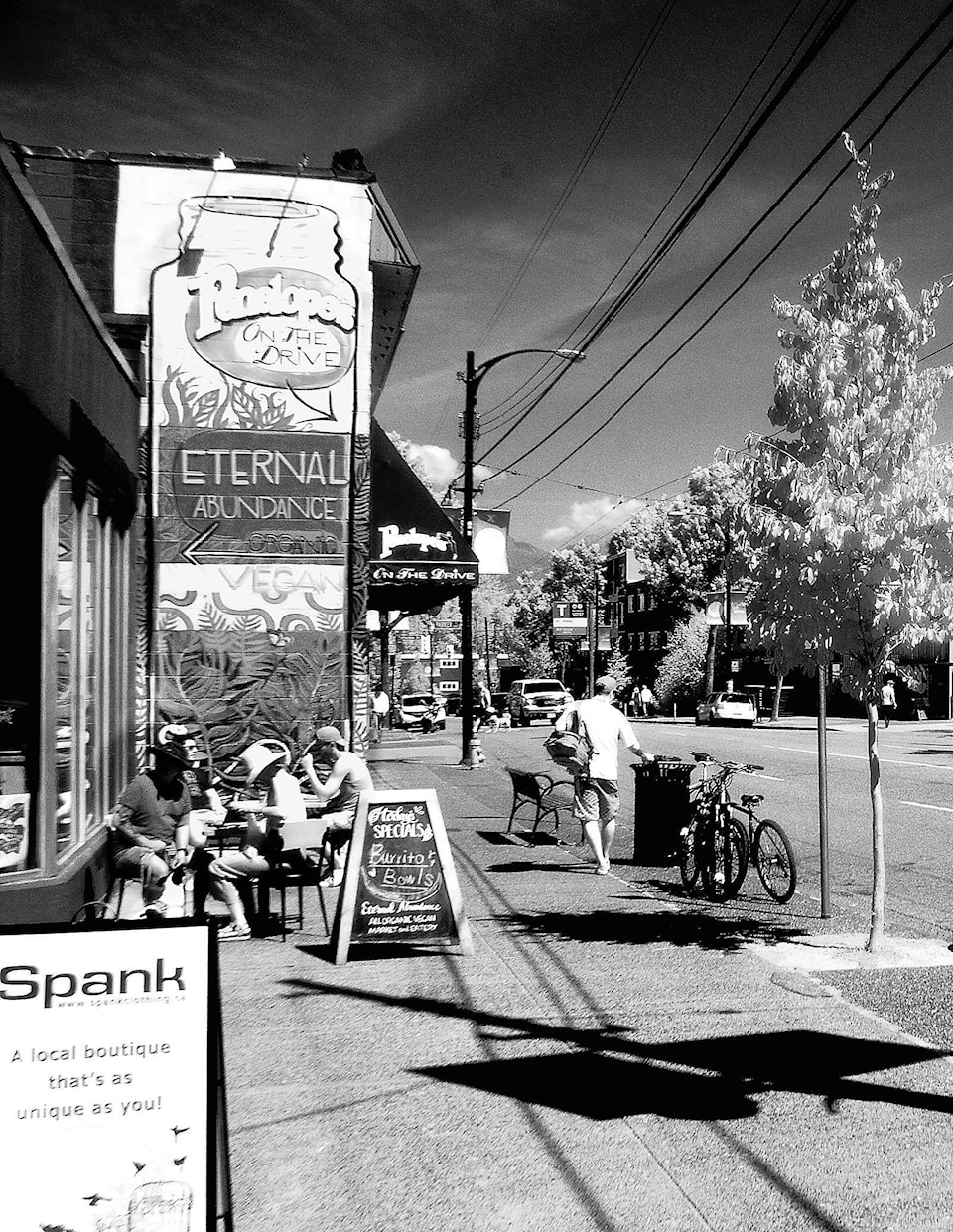I have been thinking about the impact of photography on our lives since my friend Drew Vye and I were looking at some old family photographs that I was hired to do restoration on. I mentioned the photographs from a program about the American Civil War I had just watched and that got us talking about how valuable historic photos are to future generations.
As I drove home my thoughts were of how our history (personal and world-wide) is so dependent on photography and I decided to bring back an article I wrote some time ago.
There is nothing like photography
American photographer Richard Avedon wrote, “In visual terms there has been nothing like photography in the history of the world. There is no vocabulary for it. Photography literally stops something dead. It’s the death of the moment. The second a picture is taken that life is held, stopped and over. That moment is over.”
Photography is powerful that way. There has never been a medium that has captured the interest of so many people like photography. When it became popular in the 1800s, no one could have envisioned how important to the world and to our personal lives photography would become.
For those of us in Canada an Englishman named Pattinson on a business trip in 1840 made the first known Canadian photograph. He was a student of an early form of photography perfected by Louis Jacques Mande Daguerre and had stopped at Niagara Falls to produce the now cherished historical Daguerreotype photograph.
His Daguerreotype would have taken more than 20 minutes for the scene to expose on a silver-coated plate inside his camera. Later he would surround the plate with warm mercury fumes that would slowly make the image visible.
I thought I might go out to photograph the landscape near my home and I almost headed out, but the flat overcast light made me change my mind.
To keep myself in the mood as I sat drinking my morning coffee I decided to thumb through a book of photographs by Eliot Porter from northwestern New Mexico and southeastern Utah. I find Porter’s photography stimulating.
Porter wrote, “The natural world has always attracted my eye: associations of living and inanimate phenomena, from the tropics to the poles and from rain forests to deserts, have been favourite photographic subjects for almost half a century. Grasses and sedges, especially, appeal to me – an appeal like disordered hair across a face, or a windblown field of hay before the mowing…”
Reading his, or any other book filled with photography for that matter, helps me examine the way I make photographs and try to photograph things differently.
I do think photographic ideas and opportunities sometimes happen in a moment that once passed will never be the same. Many times I just want to make a photograph for no other reason than it is fun to make.
Here is another quote from Porter’s book for those of us that love photography. Porter says, “I do not photograph for ulterior purposes. I photograph for the thing itself - for the photograph…” Sometimes just the process of making a photograph for no other reason than doing it is enough.
Photography in this digital age has become so very easy. However, a meaningful photograph can be as time consuming as it ever has been and requires practice and education by those artists that take it seriously.
As I turned the pages of Porter’s book I thought about how nice it would be if the hills above my home get lots of snow in the coming winter. If you have a moment do check out landscape photographer Eliot Porter in your local library, or on-line, and hopefully his photographs will inspire you as he does me. You might also look up Richard Avedon.
Stay safe and be creative. These are my thoughts for this week.
Contact me at www.enmanscamera.com or emcam@telus.net.
_______________
Like us on Facebook
